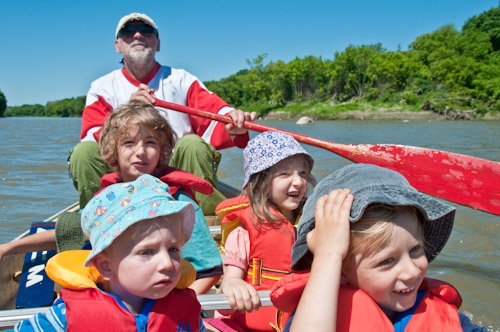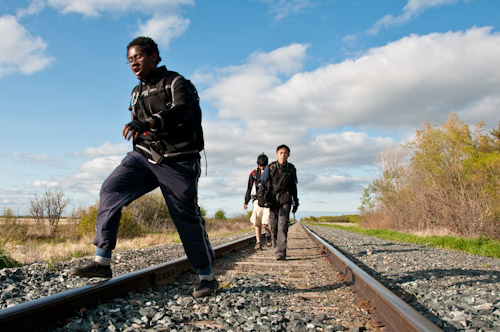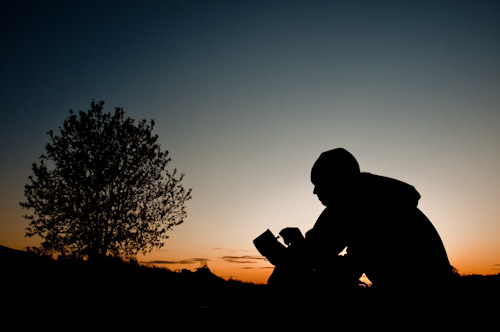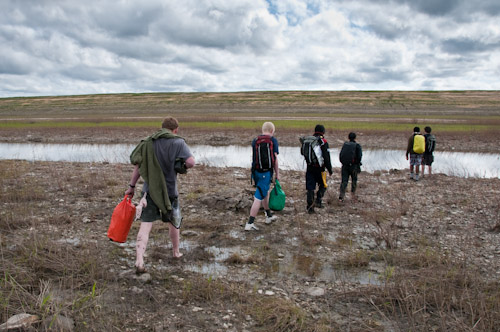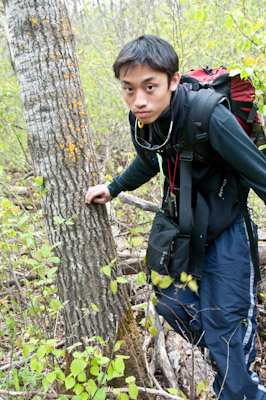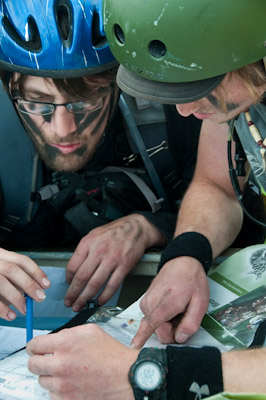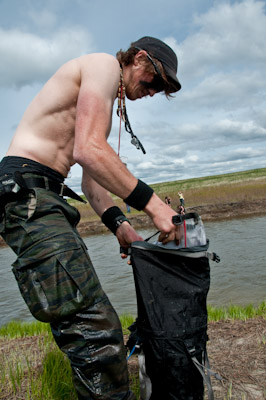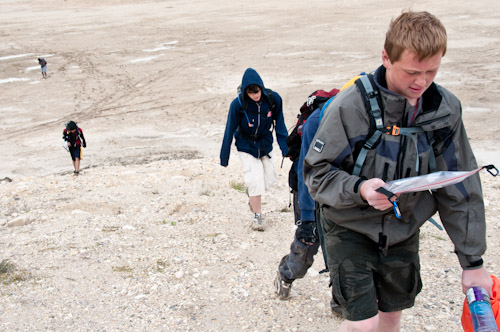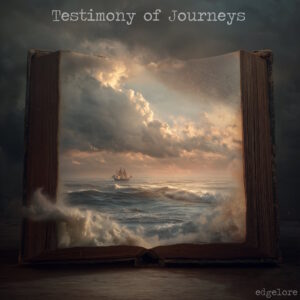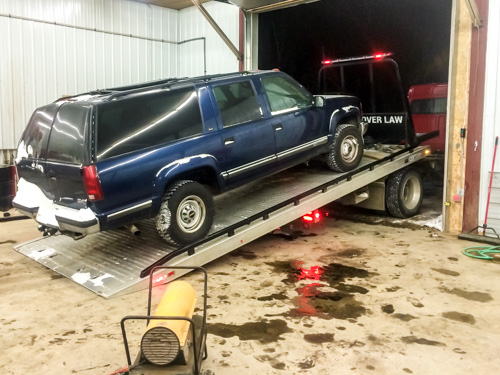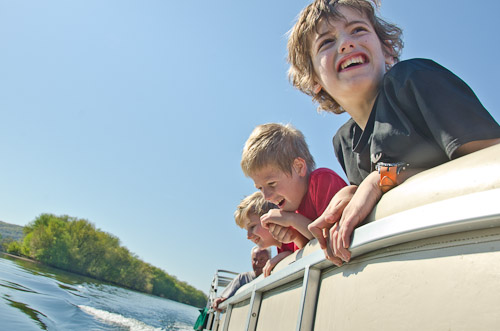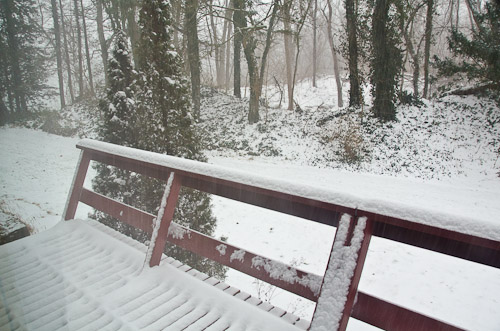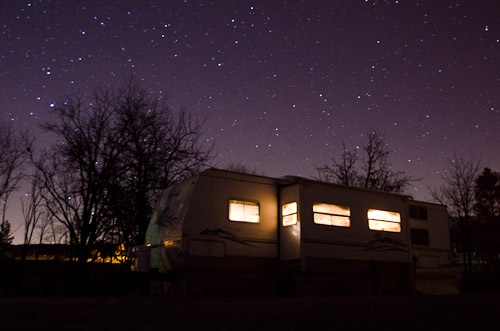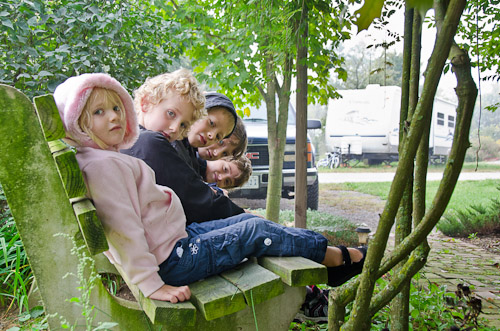The Race Project… OE21G… Adventuring… it has many working titles at the moment. The short version goes like this:
For nearly a decade now, one of my close brothers (of which I have many among my spiritual family) has been teaching an Outdoor Adventuring course at a private, faith-based school in Winnipeg, Manitoba. Incorporating the necessary provincial requirements, the course qualifies as phys ed credit for the students and teaches them fundamental survival skills like navigation, fire building, shelter making, team dynamics, etc. They spend a lot of time during the year practicing what they learn. They go hiking and camping in a remote area during the Fall Camping Trip. They build quinzhees and spend a night in sub-freezing temperatures on the Winter Camping Trip. And the year is peppered with biking trips, obstacle runs, urban night hikes, and the like. At the end of the year they have a final written exam and a final practical exam.
The practical exam has evolved over the years, but it has always been modeled after the fine tradition of adventure racing (e.g. Eco-Challenge). The amazing part is that these are 9th, 10th, sometimes 11th grade students completing roughly 100 km / 62 miles entirely self-powered (on foot and bike) during a 36 hour period; including a campcraft phase during which they have to build and sleep in their own tarp shelters. Held at the beginning of June each year in Canada, temperatures can still hover close to freezing. Each student team races against each other and against a veteran team (Bravo) that ran the race as students themselves several years ago and has been coming back for the fun of it since then. They have to navigate their way through roughly 30 checkpoints armed with their compasses, cardinal-based riddle-like instructions, and an appreciation (usually begrudging) for their instructor’s sense of humor. The checkpoints take them through a surprising variety of terrain from urban environments and open road, to bush-whacking through provincial parks, across muddy landscapes, and wading (or swimming) through river-like flood-ways. These are just some of the challenges they face. In addition, the instructor placed several handicaps on team Bravo this year to even the playing field as much as possible (for example, they had two 90 minute penalties, an additional checkpoint, and found all their bikes disassembled at one of the transition points).
A while back another close brother of mine and I got it in our heads that this course (and all the real, bigger than life characters that surround it) would make an excellent documentary. So, for the last year and a half we’ve been exploring how to pull it all together into a coherent project. Part of the exploration has offered me the privilege of chasing the teams through the course in 2008 and 2009 grabbing as much footage and photography as I can on the run.
I’m really cutting my teeth on any semblance of video experience through the exercise and pushing my photography skills as well. One exciting thing for me personally, as I wade through all the material that I collected at this year’s race just over a week ago, is that I am noticing a huge improvement in both the footage and the photos. I think a big factor in this is that I was here ahead of time, which made it possible to help the instructor set up the course. I knew were every single checkpoint was and (more or less) how the teams would approach and leave. Also, having gone through the whole experience last year, I had a subconscious working model that helped me anticipate where great clips or shots might be likely to emerge.
In all this, though, I know that there is a bigger story to tell, and it almost seems murkier now with 2-years-worth of solid coverage. Each class and each year has its own independent theme tying everything together for that particular group of students. Start adding the years together, however, to define something as big as the overall course, and the story-telling challenge grows exponentially with each additional year considered. One area that is significantly lacking in our coverage are the background stories of the students themselves – their families – their other interests – and the events that shape them throughout the whole year in the class. Now that we’re mobile, I’m hoping that we can start to fill in a lot of the gaps.
One thing that bears mention, and I saw this emphasized for me personally this year in a profound way: the efforts and sacrifice of the support teams that make this race and the course itself possible are immeasurable. Renee and the kids supported me being away for several long evenings while we were setting up the course, and then they followed me / drove me around / rode around in the truck for two days straight while I chased the shots. The instructor’s family supports him in similar ways throughout the entire year. And the parents of the students entrust them to a very worthwhile course that has very real dangers. Bennah, my oldest son, also helped take some excellent photos at times and places that I simply couldn’t be all at once. Seeing all of that in a new way this year really impressed on me the desire to make this a significant stream in the documentary’s storyline.
Here are a few of the photos I took from that amazing weekend adventure (see link below for a gallery of many more photos from the 2009 race with details of this year’s story in all the captions):
Here’s a gallery of photos from the 2009 race. [NOTE: The 2008 and 2009 Exam Race galleries are password protected out of respect for the student’s privacy. You can email me for the access codes, or get them from Mr. Dave directly.]
Other fun / related resources:
Here is a Google map of the whole course for 2009.
Here are some of the photos from the 2008 race.
